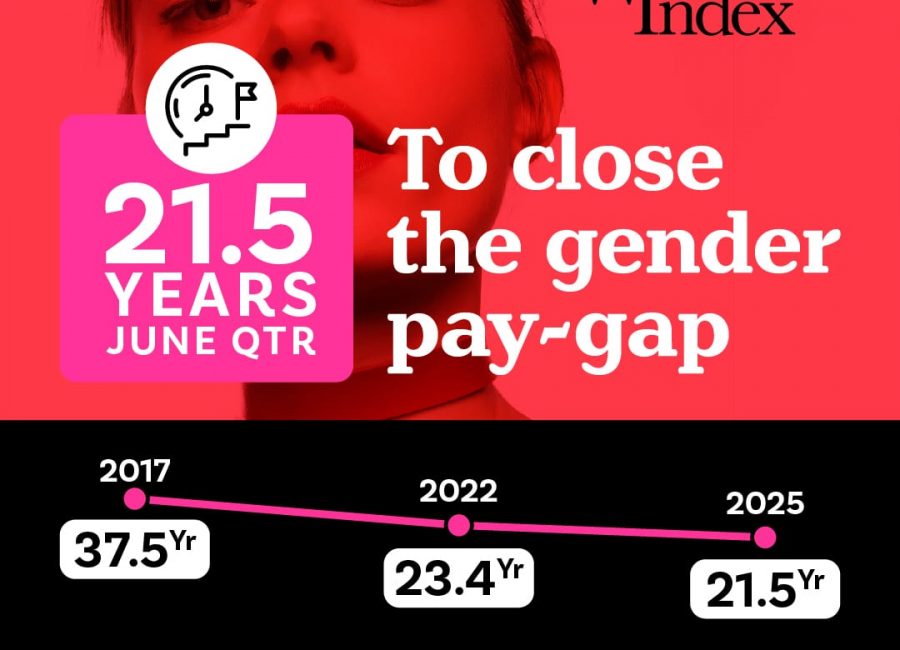When it comes to buying a car, it seems that women are far more conservative on spending than men and are more likely to be affected by interest rates in their decision making.
Finance and insurance company Savvy says that of the 915 loan applicants it has received so far this year, 52 per cent of them have been from men, compared to 30.71 per cent from women.
The study found that women opted to borrow less, and applied for $23,494 in finance on average compared to $29,387 financed by men.
Interest rates tend to have a big impact on the borrowing power of individuals and according to Savvy the average car loan stands at about 6.88 per cent nationally.
The state or territory with the highest rate is the Australian Capital Territory with 7.41 per cent on average, while Tasmania has the lowest on average at 6.57 per cent.
This means when you’re shopping around for a loan, you have to expect to be paying a higher interest rate for a car loan compared to a mortgage.
Rates are higher for car loans as the terms are shorter and the sums of money significantly less.
Currently, the rate of interest charged by big banks or car finance companies varies but we found you can expect to pay anything from 6 per cent up to 14 per cent, based on research across finder.com.au.
This compares to the 1.5 per cent cash rate set by the Reserve Bank of Australia.
Each finance company sets their own interest rates individually and they can change constantly – sometimes even daily!
Finding the best interest rate achievable on a car loan is dependent on a large variety of factors, including the lender, amount borrowed, the vehicle being purchased, the financial situation of the borrower, the type of finance and more.
These are all things that many companies don’t tell you when they advertise a very attractive “starting from” interest rate.
While the interest rate is undoubtedly an important part of any car loan or car finance package, it’s important to remember that interest rate is not everything.












